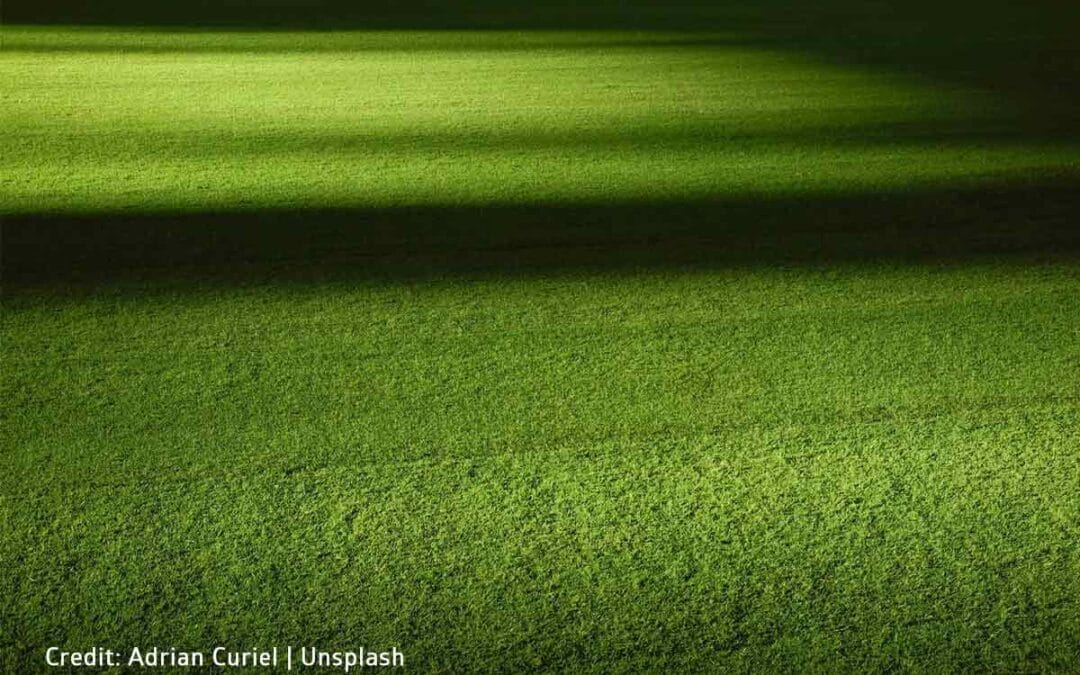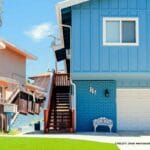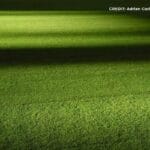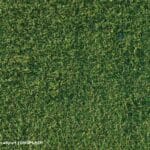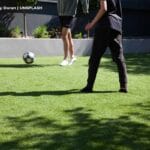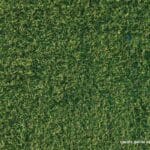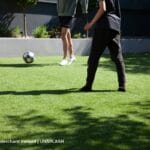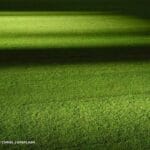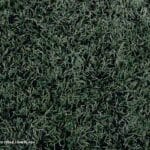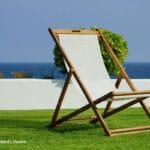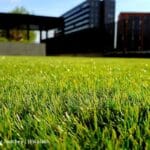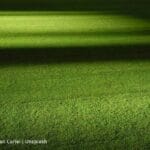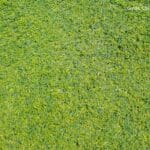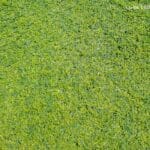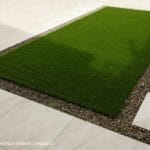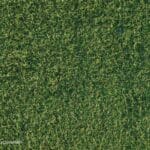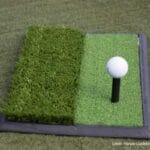Artificial grass has become a popular choice for homeowners due to its durability, low maintenance, and year-round green appearance. However, while artificial turf requires less upkeep than natural grass, it is not completely maintenance-free. Many people unknowingly make mistakes when caring for their synthetic lawns, which can lead to premature wear, discolouration, or damage. Proper maintenance for your artificial grass ensures that it remains attractive and functional for years. Here, we’ll look at some of the most common artificial grass maintenance mistakes and how to avoid them.
Neglecting Regular Cleaning
One of the biggest misconceptions about artificial grass is that it does not require cleaning. While it does not need mowing or fertilizing, it does still accumulate dirt, debris, and dust over time. Leaves, twigs, and organic material can build up, creating a breeding ground for mould, bacteria, and pests.
How to Avoid This Mistake
To keep your artificial lawn clean, regularly remove debris using a leaf blower, broom, or plastic rake. Washing the turf with a garden hose helps remove dust and small particles. For pet owners, rinsing the grass regularly and using an enzyme-based cleaner can help eliminate any foul odours. A monthly light cleaning and a more thorough seasonal cleaning will ensure a fresh, clean appearance.
Using Harsh Chemicals
Many homeowners assume that artificial grass requires strong chemical cleaners to stay fresh. However, using harsh chemicals such as bleach, ammonia, or acidic cleaners can damage the synthetic fibres and backing material. Over time, this can lead to fading, weakening, or breaking of the turf.
How to Avoid This Mistake
Use mild soap and water or a specially formulated artificial grass cleaner for deep cleaning instead. If stains occur, such as from food spills or pet waste, use a soft brush with a gentle detergent solution to remove them. Always check the manufacturer’s recommendations before using any cleaning products.

Allowing Heavy Objects to Stay in One Spot
Heavy objects, such as outdoor furniture, planters, or children’s play equipment, can flatten artificial grass over time. While the grass fibres are designed to be resilient, prolonged pressure can cause them to lose their natural upright appearance.
How to Avoid This Mistake
Regularly move furniture, planters, or other heavy items to distribute weight evenly. If certain areas become flattened, use a stiff broom or artificial grass rake to brush the fibres back into place. This simple step helps maintain the lush and natural look of the turf.
Ignoring Pet Waste
Artificial grass is an excellent choice for pet owners, but failing to clean up pet waste properly can lead to unpleasant odours and bacterial growth. Unlike natural grass, synthetic turf does not absorb waste, so it must be removed manually.
How to Avoid This Mistake
Remove solid waste as soon as possible and rinse the area with water. For urine, regularly hose down the turf and use an artificial grass deodorizer or enzyme-based cleaner to break down odours. Ensuring proper drainage will also help keep the area fresh. To avoid similar issues in the future, consider pet-proofing your artificial grass to minimize any future messes.
Using Metal or Sharp Tools
Using metal rakes or sharp tools to clean or groom artificial grass can damage the fibres and backing. Metal tools can tear, cut, or fray the synthetic blades, leading to premature wear.
How to Avoid This Mistake
Use plastic or rubber rakes and brooms designed for artificial grass. These tools effectively remove debris without causing damage. If a rake is needed for heavy cleaning, ensure it has flexible plastic tines to avoid harming the grass.
Not Addressing Weeds and Moss Growth
Although artificial grass is designed to prevent weed growth, weeds can sometimes sprout through drainage holes or along the edges. Moss and algae can also develop in damp, shaded areas. Ignoring these issues can lead to an unkempt appearance and a slippery surface.
How to Avoid This Mistake
Apply a weed barrier fabric beneath the turf during installation to minimize weed growth. For existing weeds, use a natural or artificial grass-safe weed killer. If moss or algae appear, use a mild moss remover or vinegar-water solution to clean affected areas. Ensure proper drainage and airflow to prevent moisture buildup.
Letting Spills and Stains Sit Too Long
Artificial grass is stain-resistant, but that does not mean it is completely immune to stains. Spills from food, drinks, or oil-based substances can create stubborn marks if not cleaned quickly.
How to Avoid This Mistake
Clean up spills immediately with a damp cloth and mild detergent. For tougher stains, use a mixture of warm water and a small amount of vinegar. Avoid scrubbing too hard, as this can damage the fibres. Rinsing thoroughly after cleaning helps prevent residue buildup.
Overlooking Proper Drainage
Poor drainage can lead to water pooling on artificial grass, causing mould, mildew, and odours. This problem is especially common in areas with heavy rainfall or improper installation.
How to Avoid This Mistake
Ensure your artificial grass is installed with a proper drainage system, including a well-prepared base with crushed rock or sand. Regularly check and clear drainage holes to prevent blockages. If pooling occurs, aerate the area by brushing the turf and removing any compacted material underneath.
Forgetting to Brush the Grass
Artificial grass fibres naturally bend over time, especially in high-traffic areas. Failing to brush the turf regularly can result in a flattened, unnatural look.
How to Avoid This Mistake
Use a stiff-bristled broom or artificial grass rake to brush the fibres upright. Brushing against the grain helps maintain a fresh, natural appearance. Doing this once or twice a month keeps the turf looking lush and prevents matting.
Allowing Heat Damage
Artificial grass is heat-resistant but not heatproof. Placing hot objects like barbecues, fire pits, or even reflective surfaces nearby can cause the grass to melt or discolour. Sunlight reflecting off windows can also create intense heat spots that damage the turf.
How to Avoid This Mistake
Keep hot objects off the artificial grass and place fire pits or barbecues on non-flammable surfaces. To prevent heat damage from window reflections, install window films, use shade structures, or position plants strategically to block the reflection.
Not Scheduling Professional Maintenance
While artificial grass requires less maintenance than natural grass, periodic professional cleaning and inspection can extend its lifespan. Many people assume they can handle all maintenance themselves, but professionals can spot early signs of wear, drainage issues, or damage that might go unnoticed.
How to Avoid This Mistake
Schedule a professional cleaning and inspection at least once a year. Professionals can deep clean the turf, check for issues, and provide expert advice on keeping it in top condition. This preventative measure helps maintain both the appearance and longevity of your investment.
—
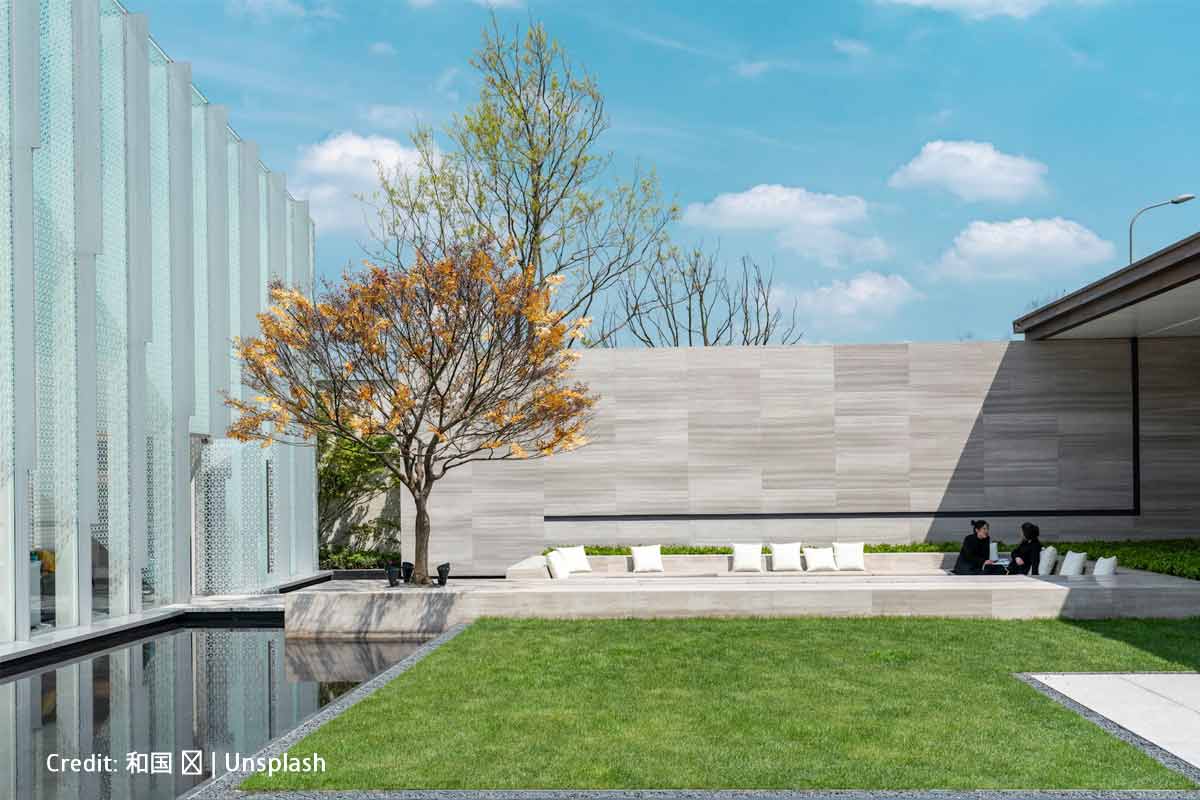
Artificial grass is a long-lasting and attractive landscaping solution, but it requires proper care to stay in top shape. By making yourself aware of some of the simple dos and don’ts of artificial grass care, you can enjoy a beautiful and functional synthetic lawn for years. Following these simple steps will ensure that your artificial lawn remains green, clean, and well-maintained throughout the seasons.
When you need reliable artificial grass to boost your home’s curb appeal, look no further than Lazy Lawn. We provide a wide range of artificial grass options, both for large outdoor areas like your lawn and for smaller locales like rooftop and balcony spaces. Our grass is designed to mimic the look and feel of natural grass and provide a splash of character wherever you choose to install it. Give us a call now at (888) 622-5296 to invest in new artificial grass to brighten your home spaces.

